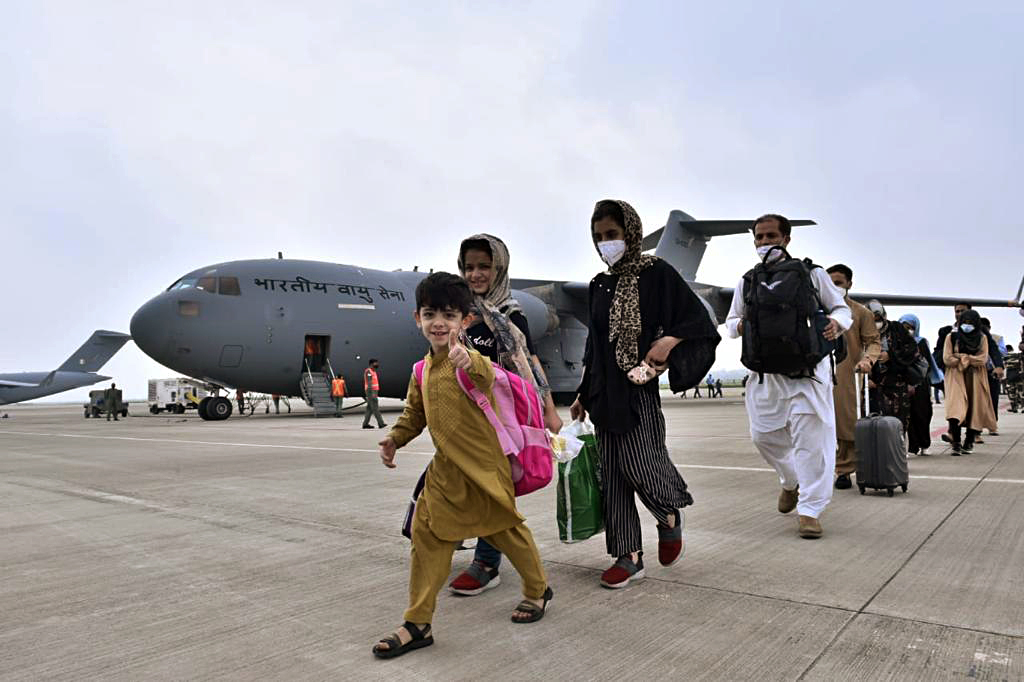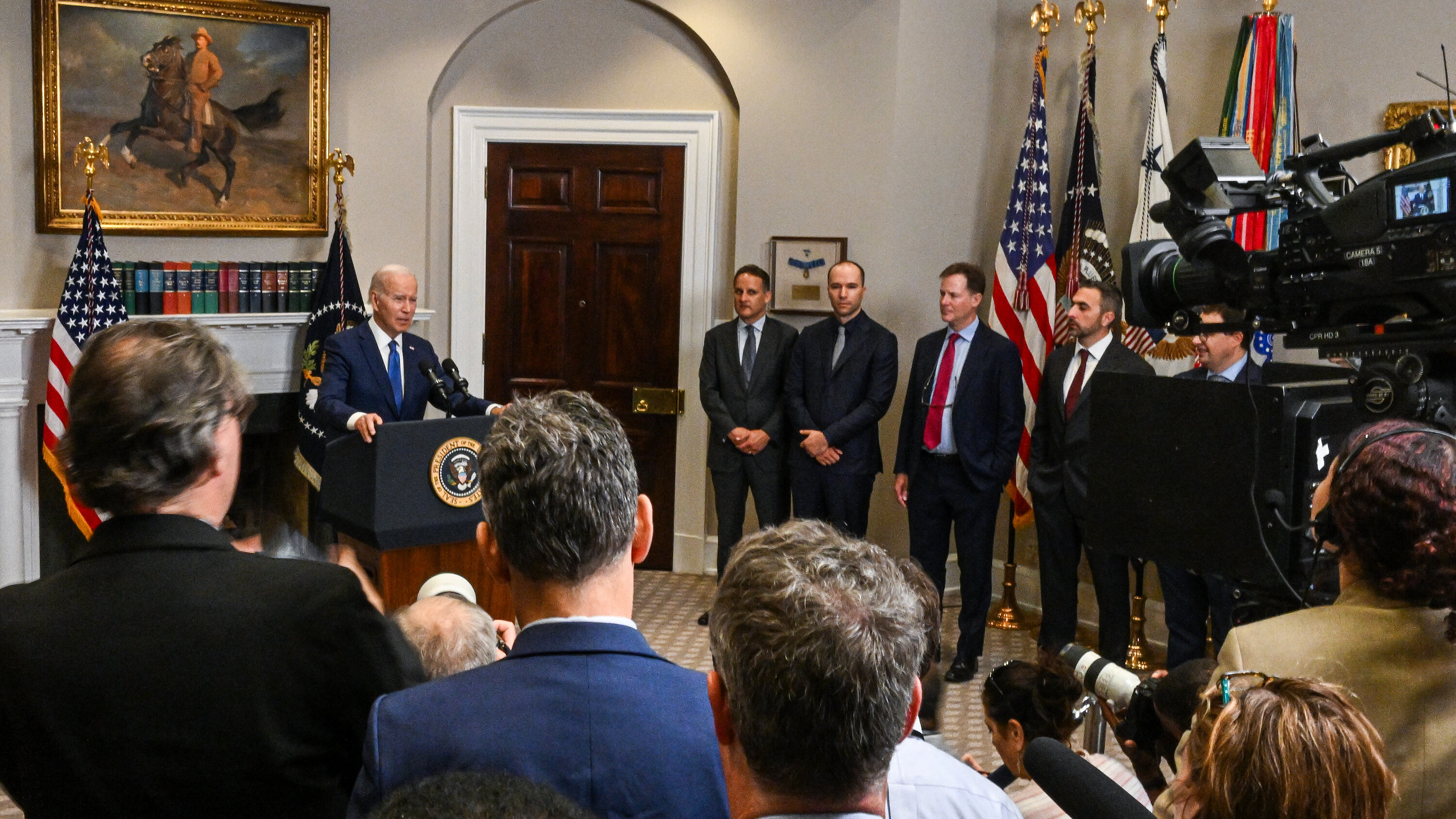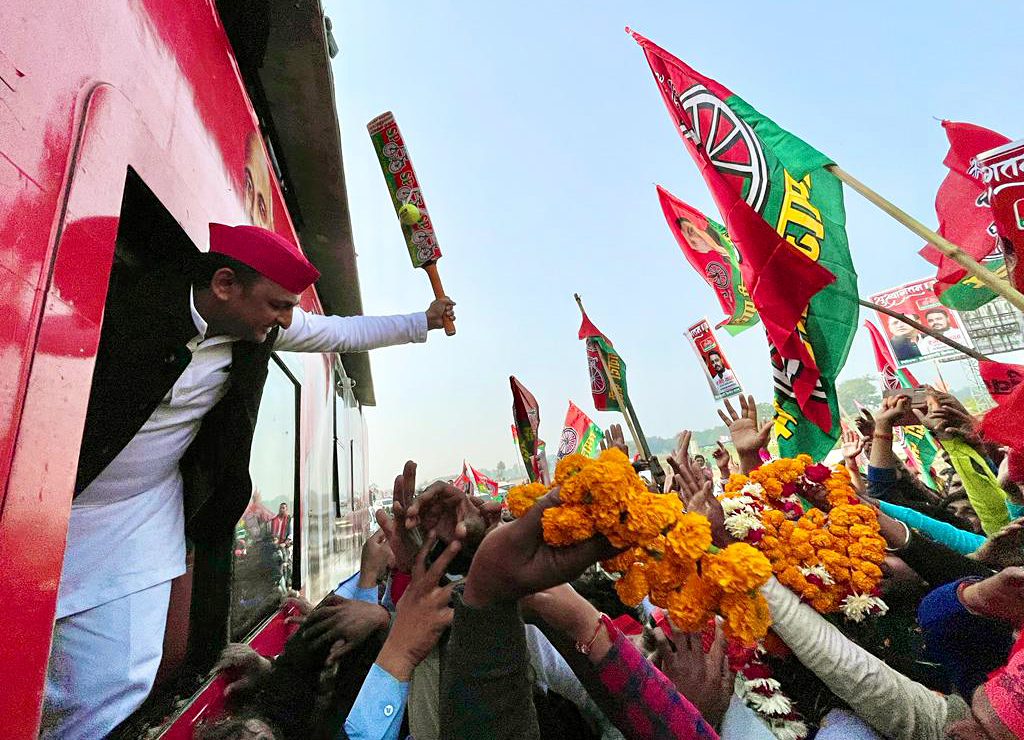Views and opinions from the top commentators in Indian media
With no bases in neighboring countries and drone attacks more a revenge play than a counterterrorism measure – aside from the fact they often hit innocents as well as terrorists – there’s little the US can do if Taliban allows Afghanistan to again regress into an international terror launchpad. In fact, even with Pakistan’s so-called influence over Taliban, militants from across the Durand Line fired and killed two Pakistani soldiers on Sunday.
So, a plateful of problems for India. The biggest being it needs to be prepared for the Pakistani military-ISI complex using the situation in Afghanistan to step up anti-India terror activities. There are already reports of JeM and LeT increasing their efforts to push militants into Jammu and Kashmir. Clearly, there are too many moving parts in Afghanistan today and therefore it would be best to adopt a wait-and-watch approach to recognizing the incoming Taliban regime. The Indian ambassador in Qatar yesterday met Sher Mohammad Abbas Stanekzai, head of Taliban’s political office in Doha, while the UNSC under India’s presidency has adopted a resolution calling for Afghan territory not to be used to shelter terrorists. New Delhi must now work with Washington to draw red lines for Taliban, offering recognition and investments as incentives for fulfilling anti-terror commitments. And hope that these incentives work.
— Editorial, The Times of India
Strategic patience
India continues to “wait and watch” Afghan developments. While it does so, many new terms are being added to the Indian diplomatic lexicon by supporters of such an approach. These include “strategic patience” and not granting “legitimacy”. While some members of the Indian foreign policy and strategic community now seem willing to accept the need for open contact with the Taliban by the government, others are not willing to go so far. The latter are suggesting out-of-sight contacts would be preferable. The external affairs minister has indirectly conceded that there have been such contacts with the Taliban, if only for functional reasons.
What is being overlooked is that “strategic patience” cannot be an alibi for inaction. The invocation of the British Raj policy of “masterly inactivity” by some scholars defies logic for it applied in a completely different context. In any event, it accepted the person who controlled Kabul.
— Vivek Katju, The Indian Express
A US failure
Having failed to midwife the birth of a robust, inclusive democracy in Afghanistan, the United States of America has now retreated from that war-scarred land after two decades, leaving the country in a far more chaotic state. The mess in Afghanistan has numerous manifestations. A humongous humanitarian crisis is unfolding, with countless Afghans battling death, hunger and displacement. The shadow of reprisal hangs heavy over the nation as the Taliban, Afghanistan’s new masters, conduct a witch-hunt against their opponents in spite of an announcement of granting general amnesty.
These divisions in Afghanistan are being mirrored in the deep chasms in the international fraternity. Russia, China and Pakistan have moved quickly to press for international assistance — recognition? — for Afghanistan’s new overlords, while India and the United States of America are among several democratic countries that have desisted from reaching out the hand of cooperation just yet. These fissures in the coalition of global nations would, undoubtedly, affect Afghanistan’s ground realities adversely. The challenge, therefore, is for stakeholders, including competitors like India and Pakistan and the US and China, to arrive at a consensus to usher in stability in the country.
— The Editorial Board, Telegraph India
The China challenge
Unsure about India’s assured second-strike capability, especially against China, some Indian analysts, writes Menon, “believe that India should change its no-first-use policy and begin to think of nuclear weapons as war-fighting weapons to compensate for India’s conventional inferiority against China.” The assumption is that since nuclear powers do not go to war there is very little possibility of a war between India and China. However, if war happens, it would, at best, be a limited border war.
The origin of this thinking that nuclear powers do not go to war lies in Cold War theology, where it was correctly believed that the presence of nuclear weapons with the US and Russia prevented war between the two blocs — NATO and Warsaw Pact — which had divided the world. Holding it as a truism for all times to come, Indian analysts – comprising policymakers, the military brass and retired senior officers – have superimposed this template on India. Hence, this popular narrative has emerged since the Ladakh 2020 stand-off between India and China.
These assumptions — no war, or a limited one between India and China — have neither been analyzed nor war-gamed. The reality is that let alone the People’s Liberation Army (PLA), these assumptions do not even hold true against the Pakistani military, whose capabilities, with China’s support, have increased substantially.
— Pravin Sawhney, The Wire
Every week, we look at what the top commentators in the Indian media are talking about and bring to you a slice of their opinions and comments


























